Ordos: A Failed Utopia photographed by Raphael Olivier
Photo essay: photographer Raphael Olivier was drawn to the Chinese city of Ordos to capture "spectacular" architecture, but when he arrived he encountered a "ghost town" (+ slideshow).
In the economically prosperous area of Inner Mongolia, close to some of China's largest mines, the Chinese government set about constructing a new city in the early 2000s. The plan for the Kangbashi New Area included giant cultural venues like MAD's completed Ordos Museum, and landmark projects such as Herzog & de Meuron and Ai Wei Wei's Ordos 100 villas.
But when he visited Ordos, Olivier found it partially incomplete and almost empty. In this exclusive essay for Dezeen, he describes his experience of photographing the city's vast structures and deserted streets.
Ordos is a city in Inner Mongolia, China, home to about one million people, which is considered a relatively small city by Chinese standards. It is located in a region rich with natural resources such as gas, coal and rare earth metals, so much that the municipality's GPD is actually one of the highest in the country.
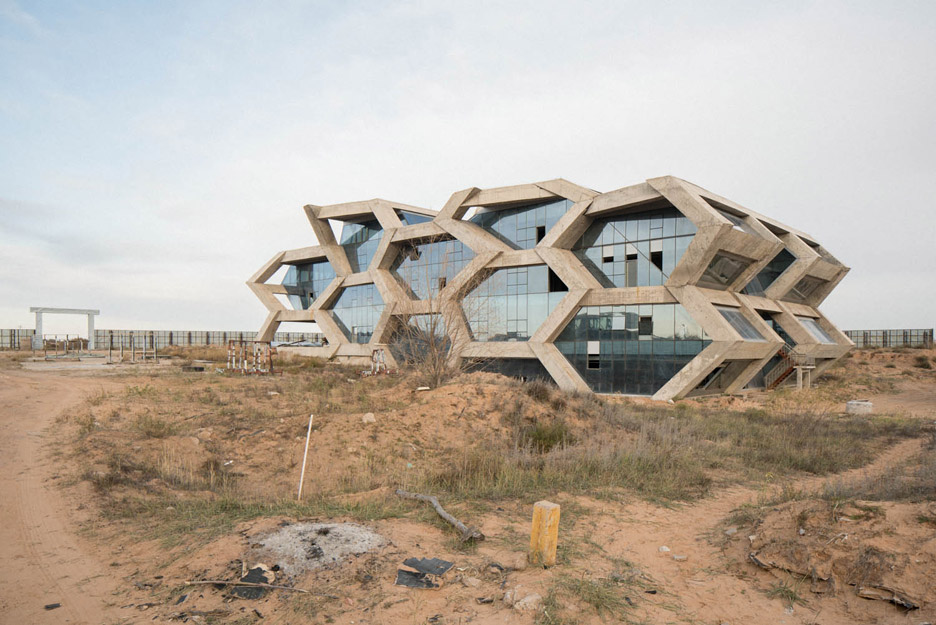
In the early 2000s, the local government decided to build a "New Ordos", just a few kilometres south of the old city, which would be a flamboyant futuristic capital featuring state-of-the-art architecture and acting as a new cultural, political and economical centre for the region. Investment was colossal, billions of dollars, and in a few years, what was bare land in the Gobi Desert saw a gigantic city magically coming out of the ground.
Ambition was without limit and local officials were already seeing their city as the Dubai of East China. Unfortunately, such huge investment resulted in very high property prices, actually the second highest in the country after Shanghai, so people living in Old Ordos didn't see the point of moving and nobody came. Oops.
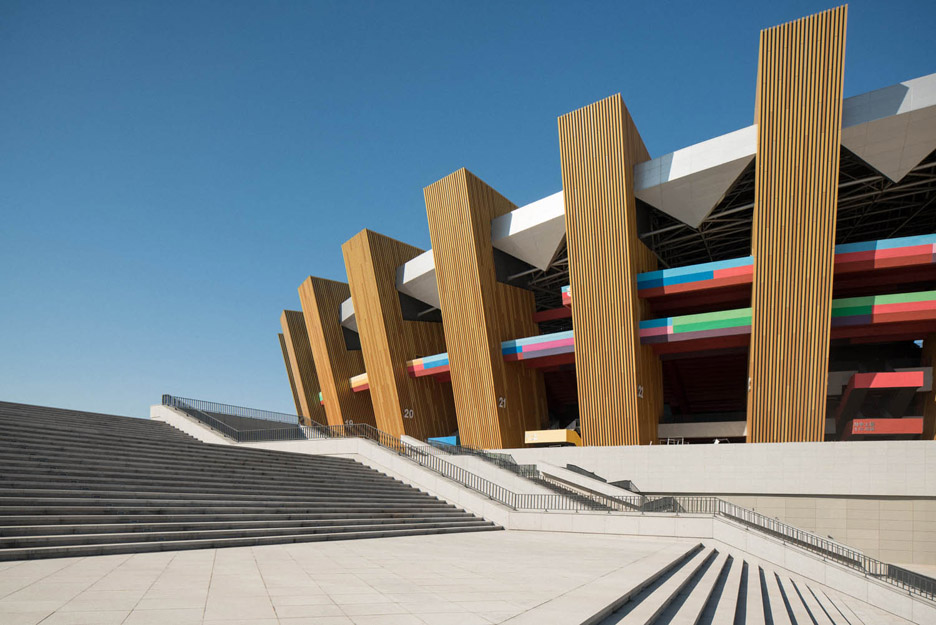
So the super city was now all nice and shiny but totally empty, and journalists and photographers from all over the world were coming to document this epic urban failure for the international press. That's when I heard of Ordos for the first time, around 2007, and immediately had an interested to visit this other-worldly place.
A few years later, in 2011, I finally moved to China and settled in Shanghai where I started my photography business and travelled extensively in the region for commercial projects, however I unfortunately never found the time to actually make it to Ordos. Only recently, as I decided to leave China and move on to new adventures, did I tell myself I couldn't leave this country without seeing this place.
So I packed my camera bag without too much preparation and just went for it. And I was not disappointed, the trip was well worth all the wait! Today Ordos has evolved, some people have moved in, mostly government officials and migrant construction workers, and the city even has a small commercial centre with shops, restaurants, banks, hotels and entertainment venues.
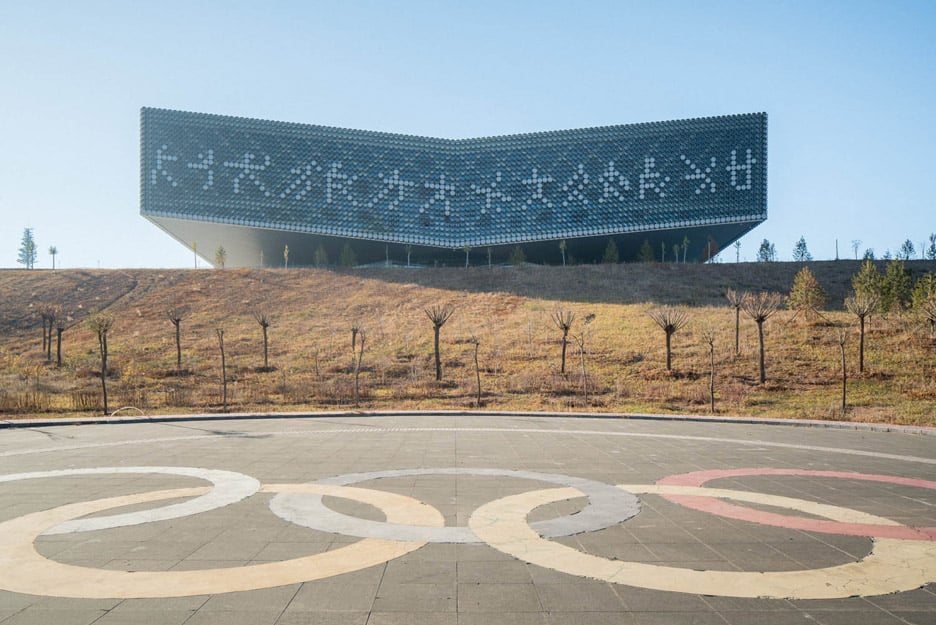
However, just outside the few busy streets of the "centre" things get weird. Empty streets, deserted residential compounds, decaying monuments, abandoned museums, half-finished stadiums...
The whole place feels like a post-apocalyptic space station from a science-fiction movie. Since all construction was done so quickly, building fast and cheap, without any long-term vision and with corruption cutting corners, most of these buildings are now already falling apart.
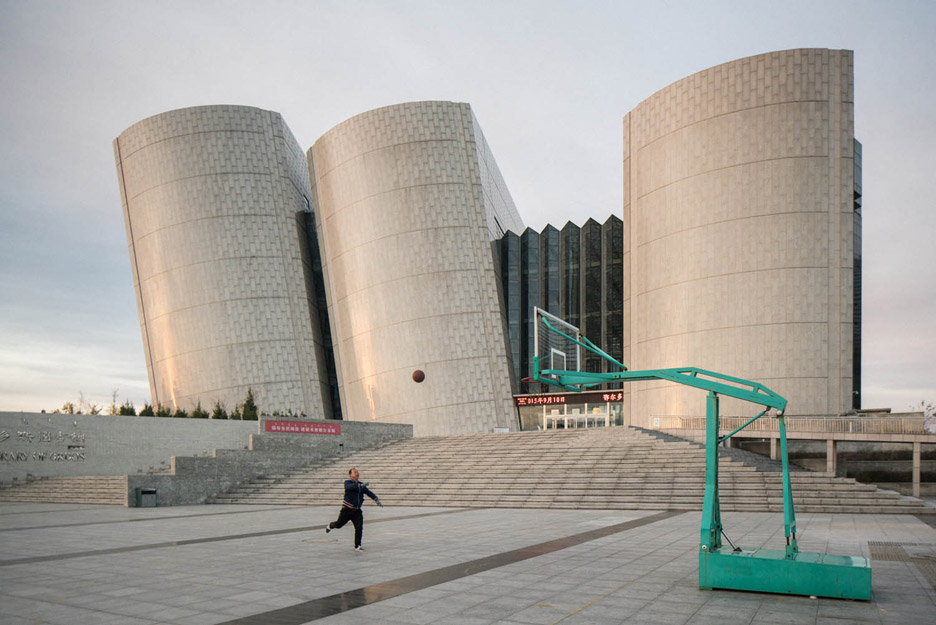
I walked hours every day, mostly on empty avenues, sometimes through desert areas and sand dunes, without any public transportation. A few times I got lucky and could hitch rides from construction trucks.
Dozens of unreal sites are sprinkled all over town, even a futuristic conceptual architecture exhibition started in 2008 and curated by Ai Weiwei in collaboration with architects Herzog & de Meuron, called Ordos 100, which was supposed to host 100 villas from international architects from 27 countries. Some of these structures started construction but the project was quickly aborted and today the site is completely abandoned with only a few chickens running around.
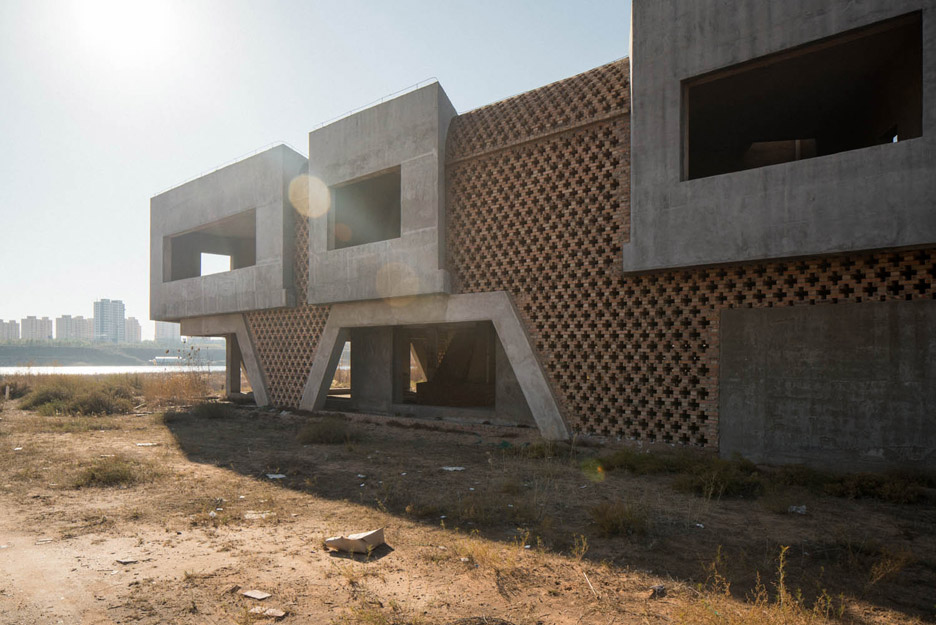
Ordos is not an isolated case; over-ambitious poorly planned urban development is happening all over China and there are today hundreds of similar "ghost towns". Ordos is only the most spectacular and loved by photographers for its architectural features, but this phenomenon is a real problem and a serious threat to the Chinese economy.
It is being downplayed by local officials who often claim that "people will come later", but Beijing's central government is trying to limit such zealous over construction, with moderate success. On the ground, promoters are still blindly launching giant development projects which often end up uninhabited and quickly fall into decay.